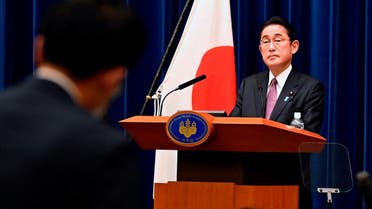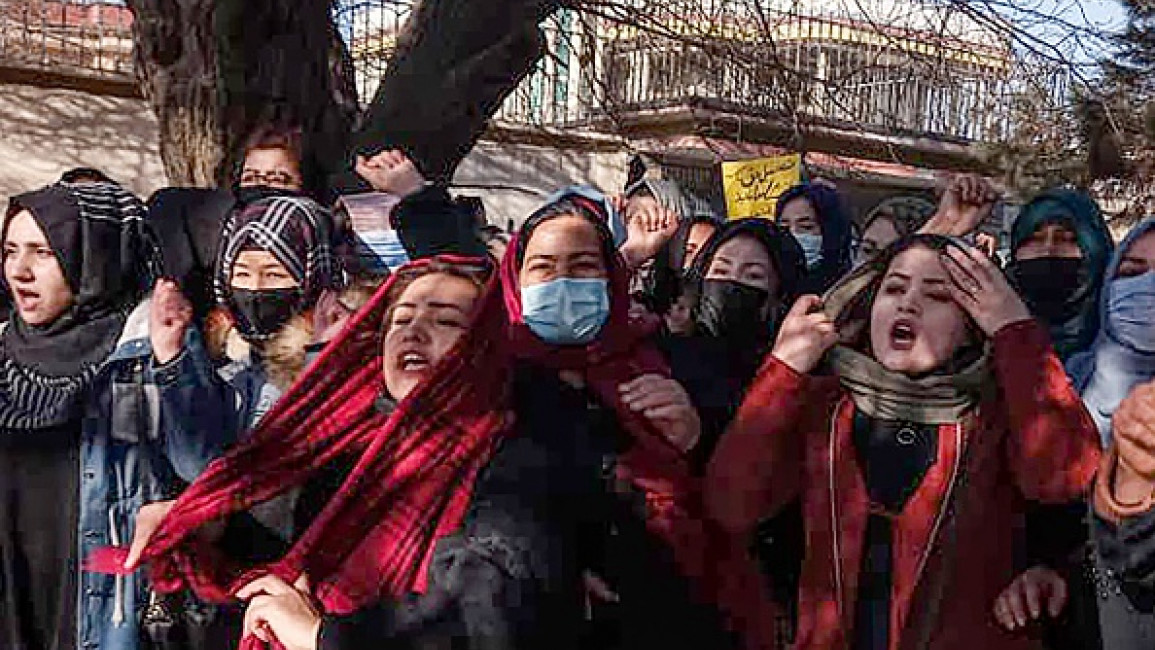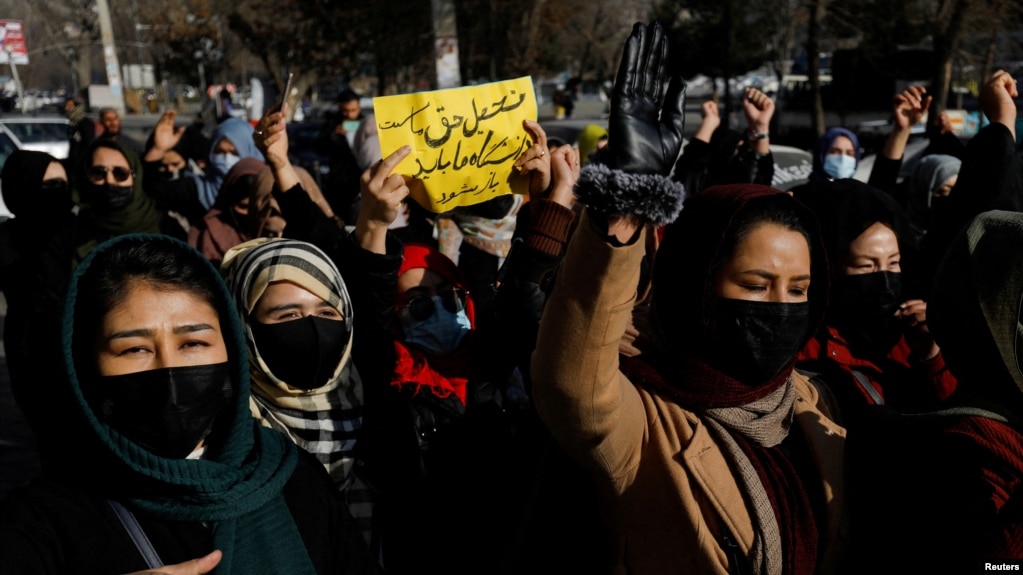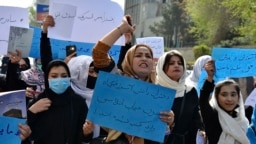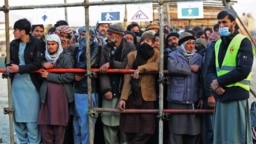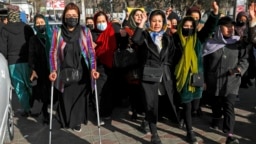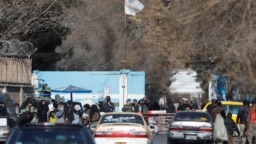Analysis by Liam Denning | Bloomberg
December 28, 2022
This was the year energy’s world ruptured. Mysterious explosions that ripped apart the Nord Stream gas pipelines beneath the Baltic Sea symbolized the severing and rewiring of long-standing trade routes — casualties of Russia’s brutal, and botched, invasion of Ukraine and the sanctions imposed in response.
But linkages also stretched and snapped far from that battlefield. The decoupling of what used to be called “Chimerica” accelerated.
Washington and Riyadh fell out over oil prices. South Korea and Japan accused the US of discriminating against their battery and vehicle industries. And a French president flew thousands of miles to head off a transatlantic trade war.
Ukraine’s crisis fed those frictions but didn’t create them. On Dec. 10, President Joe Biden’s administration effectively told the World Trade Organization to go hang. The WTO, whose predecessor was established under US leadership after World War II, had, unsurprisingly, ruled against the steel and aluminum tariffs imposed by former President Donald Trump and repurposed by Biden. The US, citing the catchall justification of national security, responded that these weren’t up for discussion. Countries seeking to press the case face the complication that it would enter a legal void because the US is blocking new appointees to the WTO’s appellate body. Unilateralism is especially problematic when it emanates from the country that underwrote multilateralism (see this).
Climate change adds a new and destabilizing dynamic to this. Yet it is also seen by some as the foundation for a new trading system. The Group of Seven nations just reaffirmed their commitment to building a “carbon club.” The idea is to coordinate climate-related standards and policies among some of the world’s biggest economies to foster decarbonization while avoiding trade spats.
The latter has come into focus, especially with the passage of the Inflation Reduction Act, which, with its tightening domestic content provisions for goods like electric vehicles, is effectively protectionist industrial policy. South Korea and Japan, which have huge stakes in US automotive and clean technology markets, are fuming. The European Union, angst-ridden already about high energy prices shutting factories there, has similarly denounced the IRA. Meanwhile, the EU has just agreed on its own form of protectionism, the Carbon Border Adjustment Mechanism, or CBAM, which imposes duties on certain imports from countries that don’t price carbon the way Europe does.
Beneath the belligerence, these countries and regions have some important things in common. They are all big, prosperous economies. Plus, with a skew toward services over manufacturing and decades of efficiency efforts behind them, they score relatively well in terms of greenhouse-gas intensity. The chart below — repurposed from some charts published recently by ClearView Energy Partners, an analysis firm based in Washington — compares several Western-aligned blocs and countries with other major economies and groups.

If clubs are founded on shared traits and interests, the potential in that top left quadrant is obvious. But these commonalities also obscure a glaring difference. The US — and, by extension, North America — is virtually self-sufficient in terms of fuel supply. Meanwhile, the list of the top 10 countries most dependent on fuel imports as a share of energy needs reads like a who’s who of allies across the Atlantic and the Pacific.
Dependence on energy imports, especially among European countries, is precisely why Moscow weaponized them (along with crops to some degree). As Brussels seeks an accommodation with Washington, it must contend with this stark imbalance with the US, which extends to the military sphere. In addition, the EU’s approach to combating climate change, centered on punitive emissions costs, is the opposite of the subsidy-led US effort.
Weirdly, therefore, just when it seemed as if the US was aligning itself with key allies’ climate ambitions, climate diplomacy threatens to divide them further. Avoiding that most likely requires taking the US at its word about those steel and aluminum tariffs and making climate a security issue. In there may lie the basis for a grand bargain similar to the one made during the Cold War. As geopolitical analyst and author Peter Zeihan puts it, the US offered allies a bribe after World War II: Market access and free trade in return for sublimating their security policy to Washington’s strategic priority, containing the Soviet Union
Biden justified his climate agenda as part of a broader contest between democracies and autocracies. Picking up on that, when EU President Ursula von der Leyen at the end of 2020 pitched then President-elect Biden about a renewed transatlantic partnership, she cited not just common goals on climate but also a shared “fundamental interest in strengthening democracy.”
What Europe craves is security on several fronts: military, economic and energy. NATO fulfills the first, but the others require trade agreements with the US, among others, reconciling different approaches to climate policy on either side of the Atlantic; what French President Emmanuel Macron blandly referred to as “synchronization.” In essence, Europe wants to be able to sell its own clean tech into the US market — and take advantage of those IRA subsidies — while protecting its own flanks from Russian aggression, high-emitting (low-cost) competitors and volatile energy prices.
The US wants to revitalize its manufacturing sector in tandem with achieving decarbonization goals. But it also seeks strategic outcomes, namely weakening Russia and containing its primary adversary, China. On that front, Europe’s cooperation, along with Asian allies, in constraining China’s access to strategic technologies and building alternative supply chains is likely to be vital. The US has already co-opted the Netherlands and Japan into its effort to isolate China from the global semiconductor ecosystem. As painful as it would be for EU powers, especially Germany, to side with Washington against Beijing, that is likely to be a nonnegotiable condition for creating anything like a carbon club.
The existing tariffs on steel and aluminum may offer a template for that sort of club. Yet even if the cracks within Western coalitions are fixed, the marriage of climate diplomacy with great power rivalry carries risks of its own. While a G-7 carbon club would carry the heft of more than 40% of the global economy, its primary target, China, accounts for almost a fifth of the world’s GDP and population and almost a third of its emissions. It has also played a critical role in reducing the cost of clean tech, making decarbonization ambitions feasible in the first place. Cutting China out will not only preclude cooperation with the biggest emitter on the planet, it would also be inflationary. For example, building solar panel manufacturing capacity in the US and Europe is roughly three times the cost of doing it in China, according to Bloomberg NEF.
The world is also, if anything, more complicated than it was in 1945, when there were relatively few powers of any size outside of the two superpowers and the European empires. Look back at that chart and you can see how Chinese and, especially, Russian emissions intensity set them apart from Western-aligned groups.
But what of India, for example, which presents a complex mix of high emissions, nominal net-zero ambitions, low per-capita income, a democratic system of government, and a confrontational relationship with China yet longstanding links with Russia? India also accounts for the single largest projected increase in energy consumption of any country through 2050, according to the International Energy Agency. Its choices, and alignments, will matter a great deal. Similarly, the Arab states of the Gulf Cooperation Council must balance conflicting demands from long-standing, but decarbonizing, Western allies on one hand and Chinese and other developing economies accounting for a greater share of their oil and gas exports on the other. Efforts by the US and its allies to use their economic heft as oil buyers to influence prices, through caps and strategic reserves, have not gone over well this year.
As a universal threat, climate change should in theory transcend geopolitics. In practice, the project to save the planet looks set to become the next front in the endless struggle over who runs it.
This column does not necessarily reflect the opinion of the editorial board or Bloomberg LP and its owners.
Liam Denning is a Bloomberg Opinion columnist covering energy and commodities. A former investment banker, he was editor of the Wall Street Journal’s Heard on the Street column and a reporter for the Financial Times’s Lex column.
